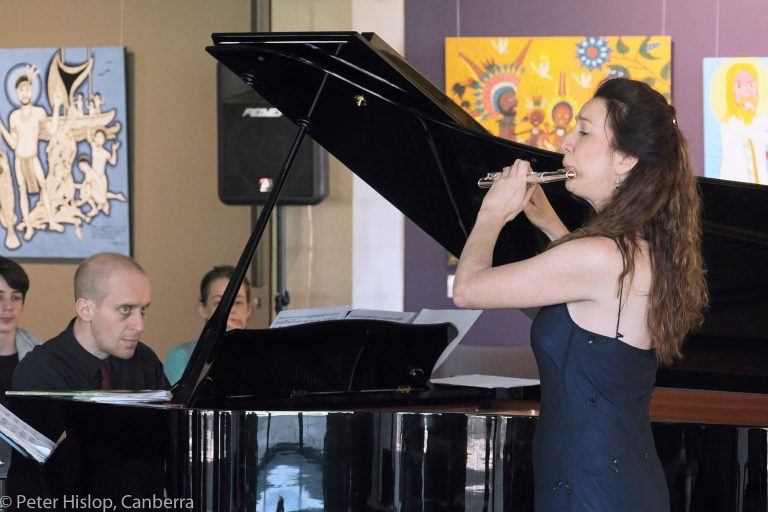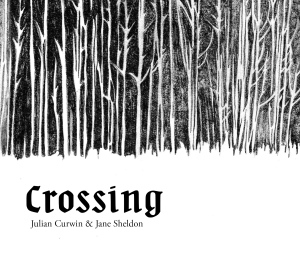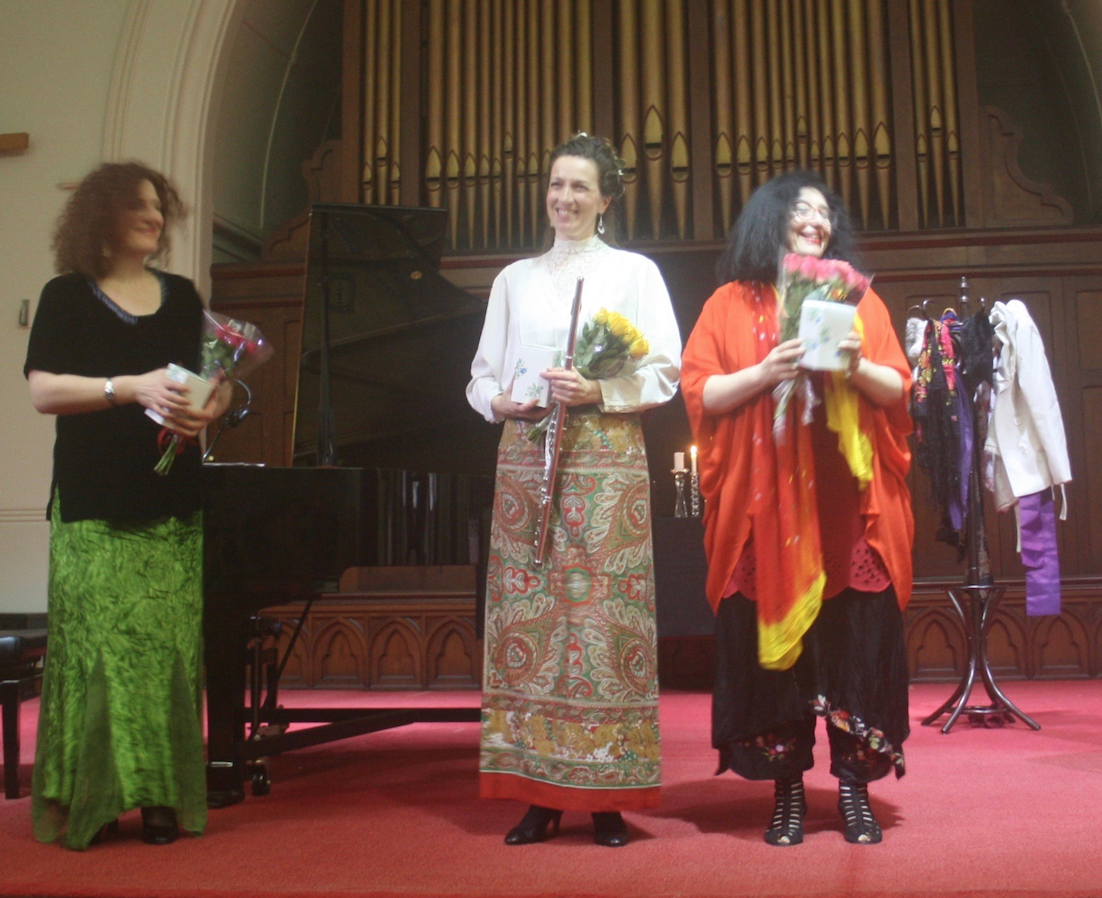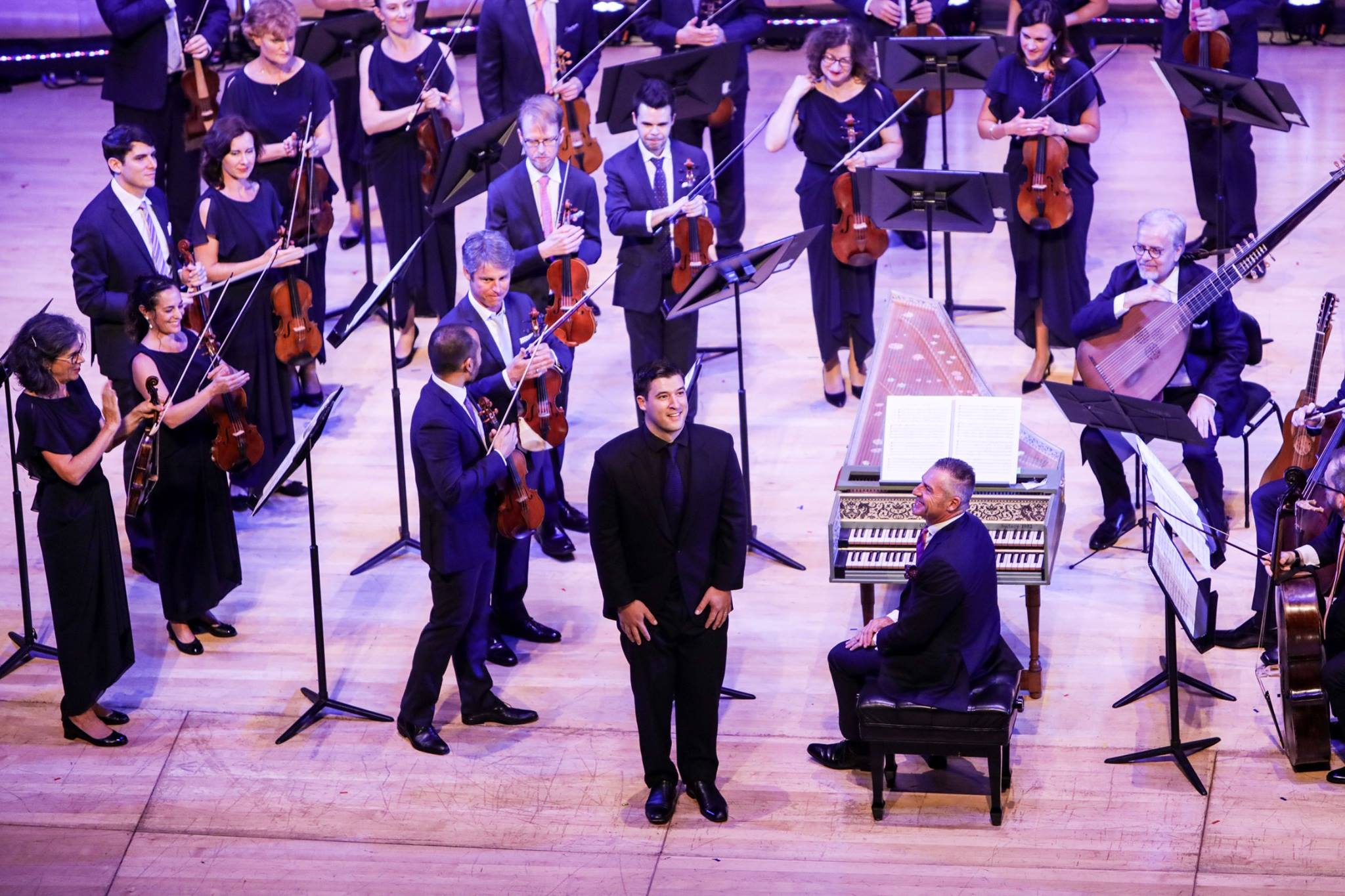Concert Review: Australian Haydn Ensemble/Mozart Viennese Star
Mozart: Viennese Star/ Australian Haydn Ensemble
Australian Digital Concert Hall
14 March 2022
The four musicians of the Australian Haydn Ensemble String Quartet gathered for a COVID delayed performance of Mozart: Viennese Star. Fresh from a very well-received day-long programme Solar Poetics at the Adelaide Festival, Mozart: Viennese Star focussed on the narrow time span between 1780 and 1785, during which a trio of pieces composed by Haydn, Boccherini and Mozart illustrate the genius of these three great masters and the close connections amongst them.
Reviewed on Australian Digital Concert Hall, the experience is a gift for those unable to attend or listen and watch in vivo and offers elements like intimate and interesting camera angles not available to the live audience. As a reviewer, the temptation to rewind and listen is temping but resisted, listening as though it were a live performance. The ensemble, comprised Skye McIntosh playing a 1770 violin by Tomaso Eberle from Naples, Matthew Greco, playing a 1760 violin by David Christian Hopf from Quittenbach, Karina Schmitz playing the only replica instrument, a 2011 viola by Francis Beaulieu from Montreal, after Pietro Giovanni Mantegazza, 1793 from Milan and Daniel Yeadon playing a 1781 cello by William Forster II of London.
Haydn’s good humour and unfailing optimism shine through in his String Quartet Op. 33 No. 5 in G major, nicknamed How do you do? which begins with four notes mimicking the spoken phrase. The phrase immediately rises to a perfect cadence as if the players have forgotten to play the opening stanza. It’s an important curtain-raiser to the programme, representing Haydn’s return to writing string quartets after a decade-long lapse and creating a new, light-hearted mood for the form by replacing the traditional “Minuet” with a “Scherzo” giving the Opus 33 collection, known as the “Russian” quartets, their alternative and jovial moniker Gli Scherzi (The Jokes). The ensemble gave voice to Haydn’s sense of mischief with its iterations of the opening notes, never knowing if we are beginning or ending.
Skye McIntosh took the second movement in soloistic fashion as the three other instruments anchored the plaintive G minor aria of the first violin, with a steady accompaniment, giving her free voice. The third and fourth movements were a refreshing pair – a sunny Scherzo followed by a gently rocking Allegretto in Theme and Variations form.
Just as a bridge passage links the two themes of a sonata, Boccherini’s String Quartet Op. 32 No. 5 in G Minor was an apt choice to follow Haydn’s piece and presage Mozart’s gem that followed. It is said that Boccherini’s music was forgotten because despite his melodic gifts, his ability to develop his themes fell short of his contemporaries like Haydn and Mozart. This pivot point in the programme is an opportunity to revisit Boccherini’s music. Boccherini’s writing was influenced by his love of the Iberian Peninsula. The ensemble was expressive in the melancholy and stylistic flourishes of the first movement, contrasted with the imitative lines of the second. The third and fourth movements were charmingly played with added points of interest like playing on the bridge and sotto voce sempre (“always whispered”), leading to dramatic first violin cadenza at the conclusion of the piece.
Mozart’s String Quartet No. 19 in C Major K. 465 ‘Dissonance’ dedicated to Haydn, was indeed a riot of clashing tones as Mozart thumbed his nose at harmony. The ensemble crunched the intensely chromatic Adagio and built a relentless tension before bursting into the radiant Allegro. The second movement Andante cantabile was eloquent in its singing tone, the third movement Minuet and Trio with its nod to more chromatic colouring was expressively coloured by the minor key of the trio. The Allegro molto of the last movement was playful in its writing and delivery.
The four musicians of the Australian Haydn Ensemble String Quartet played cohesively. The sound was beautifully blended in the ensemble moments and carefully balanced in the solo passages. They are a cornerstone of keeping alive the incomparable music and the elements of the Classical era.
Shamistha de Soysa for SoundsLikeSydney©







